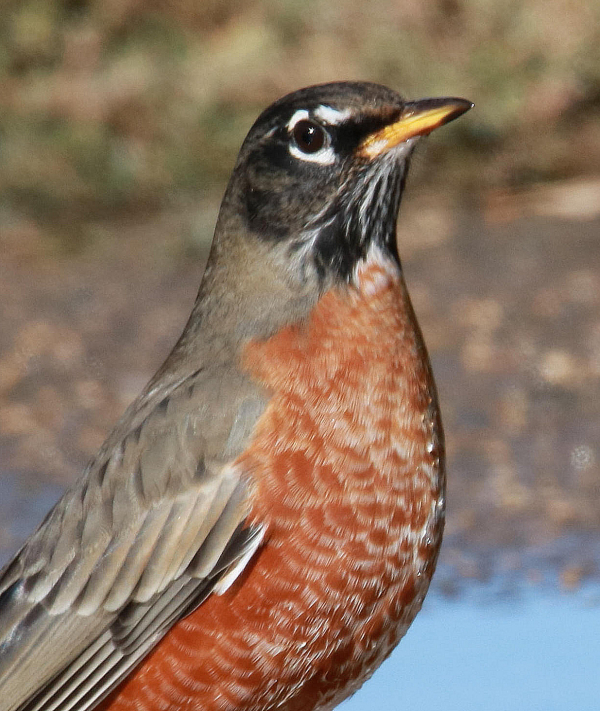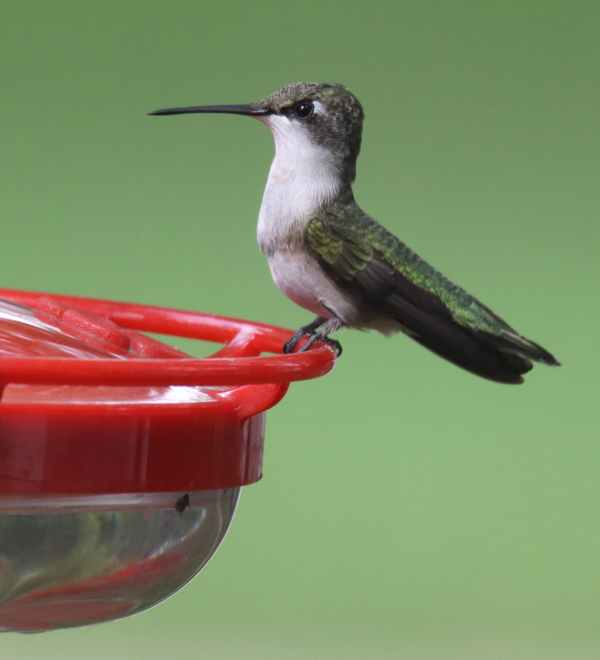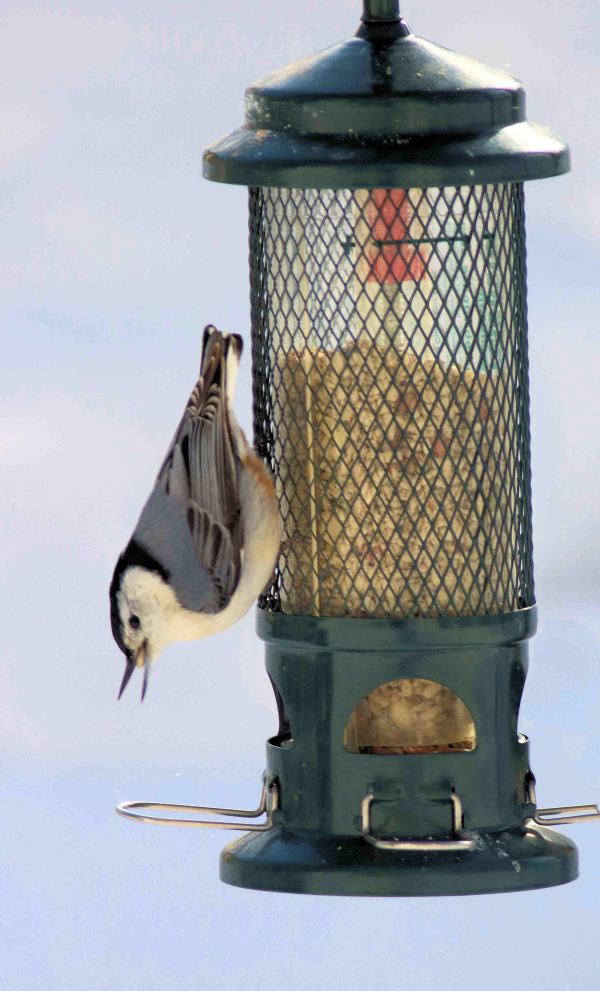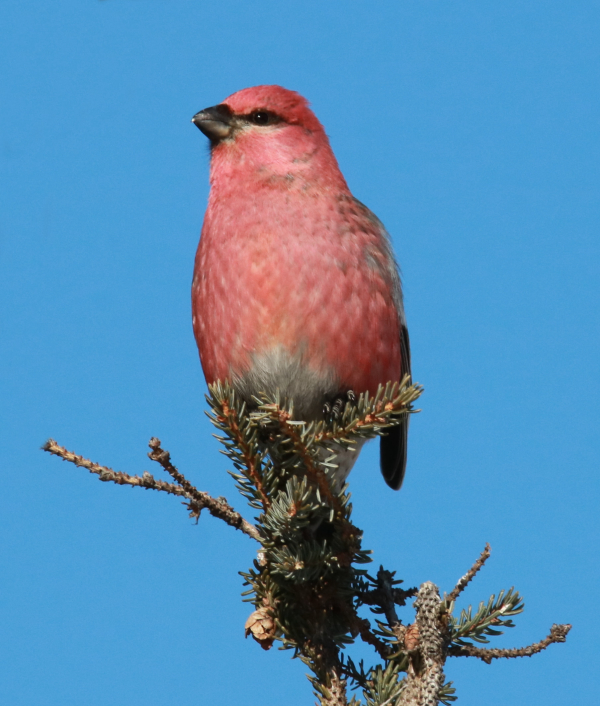Plan Your Plots for Fall Success

Even though deer season is months away, there’s plenty of planning to be done now for landowners looking to increase the attractiveness of their land to deer during this fall’s hunting seasons.
Jeremy Brown, Deer Management Assistance Program Coordinator in the Arkansas Game and Fish Commission’s Private Lands Habitat Division, says successful use of food plots in deer management is much more than roughing up a spot in the dirt and throwing out seeds from the latest no-fail deer forage blend on the shelf of a big box store.
“I wish it was as easy as some of those labels make it seem,” Brown said. “If the stars align you can grow some food that attracts a deer to a spot where you’re hunting, but the use of food plots has much more potential than just making what we call a ‘kill plot’ during deer season.”
The first thing Brown tells prospective deer managers is to really think about their goals.
“Are you wanting to just attract deer to a small spot during hunting season or are you wanting to manage on more of a year-round basis and provide food for a healthy deer herd and maximize antler development?” Brown said. “Start off with your goals in mind so you don’t waste time and money going the wrong direction.”
Brown says the answer to his first question often is dictated by his second: “What are your limitations?”
Many clubs have to work within the parameters of their lease agreement when it comes to planting food plots or otherwise altering the land in a way that could affect the landowners’ interests.
“A lot of timber companies still let lease holders plant some small plots to help attract deer during hunting season, but large management regimes aren’t really possible,” Brown said. “The good news for those clubs is that some of the regular thinning and harvest activities in certain stages of timber production can increase forage value for wildlife to an extent.”
Clubs who own their own land or have a wide-open policy for management activities still may face roadblocks based on finances and size.
“If you’re a smaller landowner, you might not be able to put enough into food plots to make a shift in herd health, but you might be able to work with neighboring landowners to manage cooperatively so everyone benefits,” Brown said. “And remember, food plots are only a part of the equation.”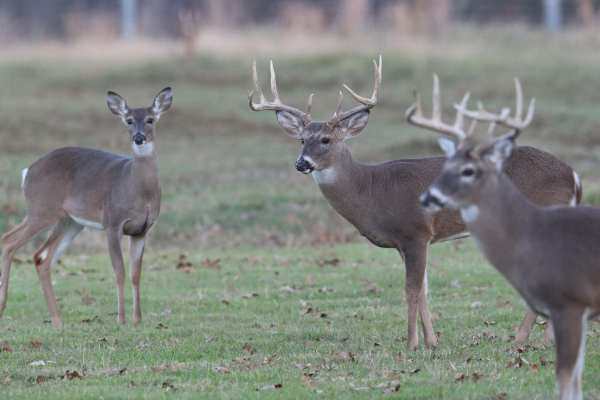
Once you’ve assessed your goals and limitations, it’s time to gather some intel on the property’s potential. Soil samples and surveys of the vegetation already present can increase your chances of success tenfold.
“One of the most common mistakes people make when planting food plots is hopping on that tractor too soon to ‘get to work,’” Brown said. “It feels good to think you’re doing something that’s going to benefit the deer and other wildlife, but you may be tearing up perfectly good habitat in your effort to plant something.”
Brown says taking an inventory of what’s already on the ground also allows you to balance the nutrients available with your goals in mind. There may already be plenty of energy-rich forage available, but protein sources might be lacking which would lean toward planting soybeans or other legumes.
“Or you may already have all the protein and energy you need and can concentrate on clovers and other calcium-rich plantings in early spring to help antler development,” Brown said. “This is really where sitting down with a biologist can pay big dividends.”
Brown works with a team of biologists employed through the National Deer Association who specialize in deer management on private land in Arkansas. Their assistance is entirely free, and they can even help some landowners find ways to offset management costs through state and federal programs.
“The DMAP program has been around for a couple of decades to help participating deer clubs manage their local deer populations,” Brown said. “Thanks to a renewed focus on private land habitat assistance in Arkansas, we’ve found another gear to move forward even more. Thanks to a partnership with NDA, we have more biologists available to come out and visit with landowners and help them assess their property and advise them on how to improve it for wildlife.”
Even disking up last year’s food plot to replant might be a mistake, depending on your situation.
“I always tell people that you never want to tear out a bunch of food to plant more food,” Brown said. “Not only are you running the risk of overworking the soil, but you’re causing a forage gap.”
Brown explains that the weeks needed for seeds to sprout and mature may leave the area a nutritional desert of bare dirt, especially if you don’t receive enough rain.
“Instead, I advise people to create multiple food plots and rotate them so one is always producing and can take up the slack when you go back to plant,” Brown said. “Even then, take a good look at what’s there. You may be better off just spraying a selective herbicide and fertilizing that existing plot to promote more growth than starting over. It’s not as exciting as disking and planting for some people, but it can be much more effective. And you’ll get to the exciting part when fall comes around.”
Click here to register for a free workshop July 9 in Dardanelle for hunting clubs interested in enrolling in DMAP. The workshop will provide presentations on habitat management, financial aid opportunities, effective deer management and the DMAP program. Two additional DMAP workshops will be held in August and September at the Forrest L. Wood Crowley’s Ridge Nature Center in Jonesboro. Keep an eye on the www.agfc.com/landownerevent to find more opportunities to learn through hands-on workshops and presentations held by AGFC biologists and partnering agencies.
The Deer Management Assistance Program is a component of the AGFC’s Private Lands Habitat Division supported, in part, by the AGFC’s cultivating partner Greenway Equipment. The program assists landowners and hunting clubs manage their local deer herd through voluntary management plans. Participants may request free site visits to improve the harvest structure of the deer and learn how to improve habitat to increase the land’s potential for deer and other wildlife. Visit www.agfc.com/DMAP to learn more.



